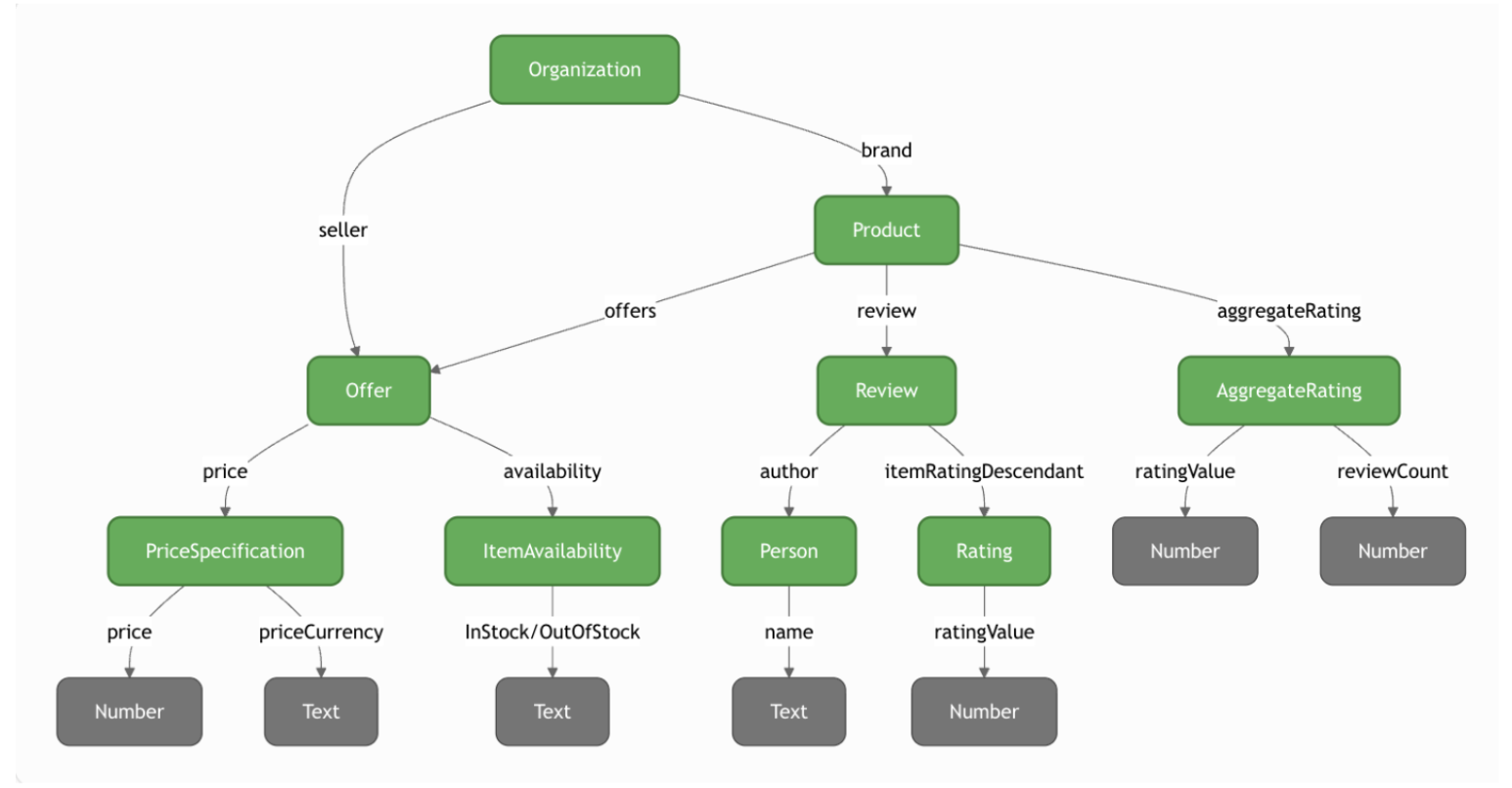A lot is changing in the world of search and one of the most significant shifts we’ve seen is that technical SEO is evolving from manual fixes to intelligent systems powered by AI. This transformation allows SEO professionals to work faster, scale more effectively, and improve accuracy in identifying and resolving issues.
This article explores how AI is changing technical SEO, from site audits and structured data to real-time optimizations, entity-based strategies, and fully automated workflows.
It also outlines practical steps SEO teams can take to begin integrating automation into their processes and prepare for a future where intelligent systems play a central role in search visibility.
The current state of technical SEO
Technical SEO is the foundation of any strategy designed to make websites accessible to search engines. However, as the search landscape changes and user expectations rise, traditional methods are no longer sufficient.
Technical SEO tasks like auditing and fixing issues, planning and optimizing website structure, schema markup implementation, and crawl budget management can often rely on manual processes, making the work tedious and time-consuming.
[Ebook] Technical SEO for non-technical thinkers
Pain points of the traditional approach
Beyond the time-intensive nature of manual site audits, several other factors can inhibit SEO efficiency:
- Human error: Even experienced SEOs miss critical issues, like subtle crawlability problems.
- Obsolete processes: Traditional auditing methods struggle to keep pace with rapidly changing requirements due to increased competition, evolving user needs, and algorithm updates.
- Scalability issues: Processing thousands of pages within limited timeframes using traditional techniques is virtually impossible.
Why technical SEO needs automation
As search engines become more sophisticated, the pressure to maintain optimized sites at scale grows. Automation is no longer optional and there are three primary drivers for this shift:
- Increasing search complexity: Google’s algorithms, like BERT and MUM, prioritize user intent and context, requiring more nuanced technical precision.
- Real-time performance optimization: Users expect instant, relevant results, pushing SEOs to optimize dynamically.
- Speed and accuracy: AI can process large datasets faster and more accurately than humans, identifying patterns that manual audits miss.
“The complexity of modern search algorithms means that manual SEO is like trying to navigate a spaceship with a paper map. AI is the autopilot we need.”
— Harpreet Munjal, SEO Consultant for B2B, SaaS, and Fortune 500 Brands.
How AI is revolutionizing technical SEO
AI is fundamentally reshaping how websites are optimized, monitored, and improved, bringing speed, precision, and foresight to every layer of technical SEO.
AI-driven audits and diagnostics
AI is redefining how technical audits are conducted, transforming what used to be a slow, manual process into a dynamic, data-driven workflow. Tools like Oncrawl’s Content Lens leverage AI models to surface content quality issues that directly affect crawlability and indexing.
Rather than relying on static metrics or generic rules, Content Lens uses AI to transform vast datasets into clear, actionable insights. This allows SEO teams to focus on what matters most: aligning technical health with strategic content goals.
For example, by combining insights from log files and semantic analysis, Oncrawl can identify pages that are heavily crawled but contribute little to search performance, providing clear recommendations for consolidation, rewriting, or deindexing.
By incorporating AI-powered diagnostics into audits, technical SEO teams can move from reactive fixes to proactive optimization at a scale that manual workflows simply can’t match.
Structured data at scale with AI
Implementing and maintaining structured data across large websites is a common technical SEO challenge. AI can now detect outdated or missing schema markup and generate properly nested schema using Natural Language Processing (NLP).
With AI, you can implement schema markup on thousands of pages in minutes without errors.
This results in consistent markup and increased visibility in SERPs through rich results like FAQs, reviews, and events.
For example, SEO agency LoudGrowth used an AI-assisted workflow to enhance semantic clarity and connections for an enterprise B2B SaaS brand by implementing schema markup. This resulted in a 40% increase in visibility across SERP features.

AI workflows can be built using site scrapers, GPT models, and task automation platforms like N8n. For beginners, schema generation can be handled manually by prompting tools like ChatGPT.
Example prompt: Create a combined schema markup code for a {webpage} about {technical SEO audit}. Include entities such as “isPartOf, “about,” “mentions.” Here is the page HTML: [insert source code here].
Dynamic optimization of site performance
AI tools can now adjust site elements like image compression and lazy loading dynamically based on real-time performance data.
Machine learning algorithms analyze user behavior, device types, and geolocation to optimize aspects such as image rendering, code minification, lazy loading, and caching in real time. This results in improved page load speeds and richer user experiences, leading to increased engagement and enhanced search rankings.
For instance, machine learning models trained on Core Web Vitals data can identify underperforming image assets and automatically trigger CDN-side fixes, such as converting PNGs to WebP or adjusting lazy loading thresholds based on device or browser type.
[Ebook] AI & The Evolution of Search
Entity based SEO: Future-proofing your content strategy
Search engines are fundamentally shifting from keyword-based ranking models to entity and context-based systems, making semantic optimization crucial for long-term visibility. AI serves as the bridge between technical and on-page SEO by analyzing these semantic relationships and optimizing content around structured entities.
Tools like Google Cloud NLP’s API and Inlinks can identify key concepts, assess topical completeness, and recommend entity-driven enhancements that improve contextual understanding. AI systems excel at mapping relationships between entities and clustering topics based on user intent.
For instance, if your product page discusses “budget CRM tools,” an AI system might recommend semantic enrichment by adding FAQs around “free vs paid CRM” or “CRM features comparison.”
This entity-focused approach enables you to create structured knowledge graphs, identify key entities, and map content semantically across your entire website. The process encompasses everything from developing topical maps and generating knowledge graphs to ensuring semantic content clarity, implementing strategic internal linking, and building entity connections through schema markup.
By aligning your content strategy with this entity-based model, you’re not just optimizing for current search algorithms, you’re future-proofing your visibility as search engines continue evolving with technologies like Google’s BERT and MUM. This semantic structuring enhances how search engines interpret your content while positioning your site for sustained organic growth.
Personalization at scale
Site personalization has also been made easier with AI. It enables websites to implement technical SEO settings that cater to different user segments.
These settings involve dynamically creating hreflang tags for multilingual sites, presenting mobile-optimized content versions, and adjusting canonical tags depending on region or device.
Such tailored settings enhance user experience and ensure content is properly indexed for respective audiences.
For example, you can implement dynamic hreflang generation based on user’s IP addresses and browser language headers. A reinforcement learning agent can test different canonical tag rules and gradually optimize them to reduce duplicate indexing across different regional SERPs.
The benefits of AI-Powered technical SEO
Efficiency and scalability
Automating repetitive tasks like redirection checks, broken link detection, or canonicalization frees teams to focus on strategy. This is especially vital for enterprise websites and multilingual content ecosystems.
Precision and accuracy
Machines excel at data analysis tasks. AI flags issues humans may miss, like subtle rendering problems or mixed-content warnings due to partial HTTPS implementation.
Competitive advantage
Early adopters of AI-powered workflows gain a significant technical edge. According to studies on AI adoption in 2025, 70% of high-ranking websites use SEO automation tools.
Cost-effectiveness
While AI tools can seem expensive initially, the ROI is substantial. Automating 60-80% of routine SEO tasks can save hours of manual work and reduce costs associated with fixing traffic losses due to unnoticed issues. You can accomplish the same work at a fraction of traditional hiring costs.
The future: What’s next for AI in technical SEO?
AI in technical SEO is moving beyond automation toward prediction, integration, and full autonomy, shaping a more intelligent, self-optimizing future.
Predictive SEO
AI models are increasingly able to anticipate SEO risks and opportunities before they impact rankings. This includes forecasting SERP position drops, predicting how upcoming Google algorithm updates might affect your site, detecting changes in crawl behavior, and flagging potential indexing issues early.
For example, machine learning can alert teams when a key page is at risk of deindexation based on subtle shifts in bot behavior or content freshness signals, enabling preventive action before visibility is lost.
Voice and visual search optimization
AI will play a crucial role in preparing websites for voice and image-based search, including:
- Automatic image tagging with descriptive alt text.
- Structuring data for voice-friendly SERPs and devices.
- Creating FAQ content aligned with conversational queries.
Integration with broader marketing ecosystems
AI won’t just optimize SEO in silos, it will unify SEO with other platforms and marketing channels like paid ads, social media, CRMs, content platforms, and analytics. Companies like HubSpot have already implemented comprehensive AI marketing workflows.
Fully autonomous SEO systems
While one-click SEO audits are widely adopted, practices like utilizing NLP and AI for schema markup creation and content development are still emerging.
Imagine an SEO system that audits, fixes, tests, and deploys updates automatically based on preset rules, that’s the future. Autonomous agents will operate without human intervention while maintaining essential safety checks.
Challenges and ethical considerations
While the potential is immense, several concerns need to be addressed:
- Over-reliance on automation: SEO still requires human creativity. Automation without oversight can lead to poor prioritization or generic strategies.
- Data privacy compliance: AI SEO tools scrape, analyze, and sometimes use third-party datasets. Organizations must ensure GDPR and CCPA compliance.
- Bias in algorithms: AI models may prioritize certain content types, potentially marginalizing niche voices.
- Adoption barriers: Many individuals and organizations may struggle to afford and implement advanced AI tools, leading to increased competitive gaps.
Practical steps to get started
- Start small with automated diagnostics. Use tools like Oncrawl’s Content Lens for content audits and diagnostics. If you’re an experienced SEO with a documented approach, create custom AI workflows using APIs from Oncrawl, Google Search Console, and similar platforms.
- Focus on scalable workflows. Use AI to automate repetitive tasks like schema generation.
- Experiment with entity SEO. Implement knowledge graphs to align with semantic search.
- Enhance your expertise, don’t replace it. Use AI as a technical co-pilot to augment your skills and approach. Don’t replace human insight.
Conclusion
Technical SEO is no longer just about fixing broken links or managing redirects. It’s about building future-ready digital ecosystems where sites are continually optimized, regardless of algorithm changes or user behavior shifts.
AI is here, not to replace SEO professionals, but to help them work smarter, faster, and more strategically. From real-time audits and crawl budget optimization to predictive diagnostics and semantic enhancements, AI is reshaping the SEO playbook.
The future of technical SEO isn’t just automated; it’s intelligent, agile, and deeply integrated into the digital experience.

